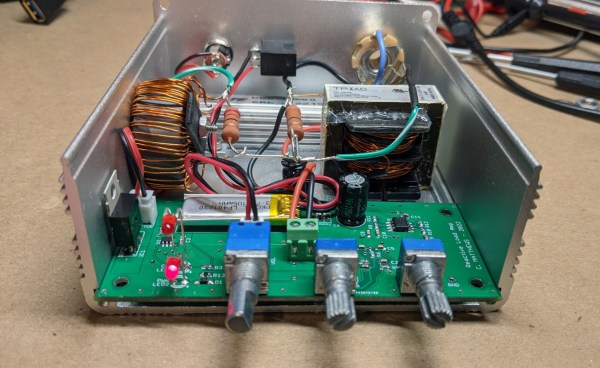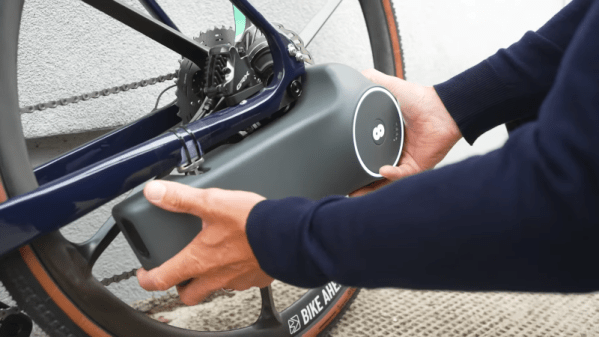Nintendo never made a GameCube Mini, with the console’s form factor remaining the same until the eventual launch of the Wii in 2006. [Bringus Studios] decided to build one of his own instead.
The build began with a Revision C GameCube motherboard, which comes without the digital video port and the second serial port. It also comes with an integrated power supply on the motherboard which makes it much easier to slim down into a smaller form factor. The main space saving, though, came from removing the rarely-used ports on the bottom of the console and the DVD drive. The latter was replaced with PicoBoot, which allows ISOs to be loaded from an SD card.
Once trimmed down and fitted with a replacement cooling fan, the console then got a custom half-height 3D-printed case. It’s tidy and functional, but we’d love to see a more finished resin-printed version more accurately aping the traditional GameCube aesthetic.
If you want something even more portable, consider building a pocket-sized Wii. Video after the break.
Continue reading “Building A GameCube Mini Because Nintendo Never Did”



















